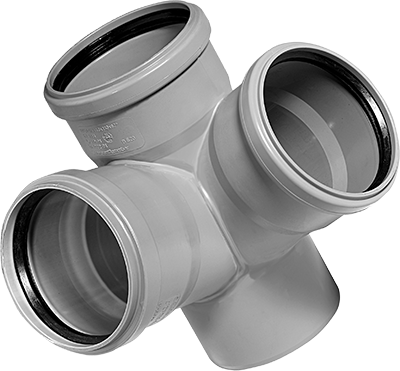Login
Product range HT-SYSTEM PLUS ®
Heat resistant, polypropylene effluent pipes, manufactured as per the CSN EN 1451-1 standard. Internal connection, effluent, ventilation and conductance piping in buildings (class "B" application) with higher thermal or chemical load, yet without requirements for reduced flammability.
